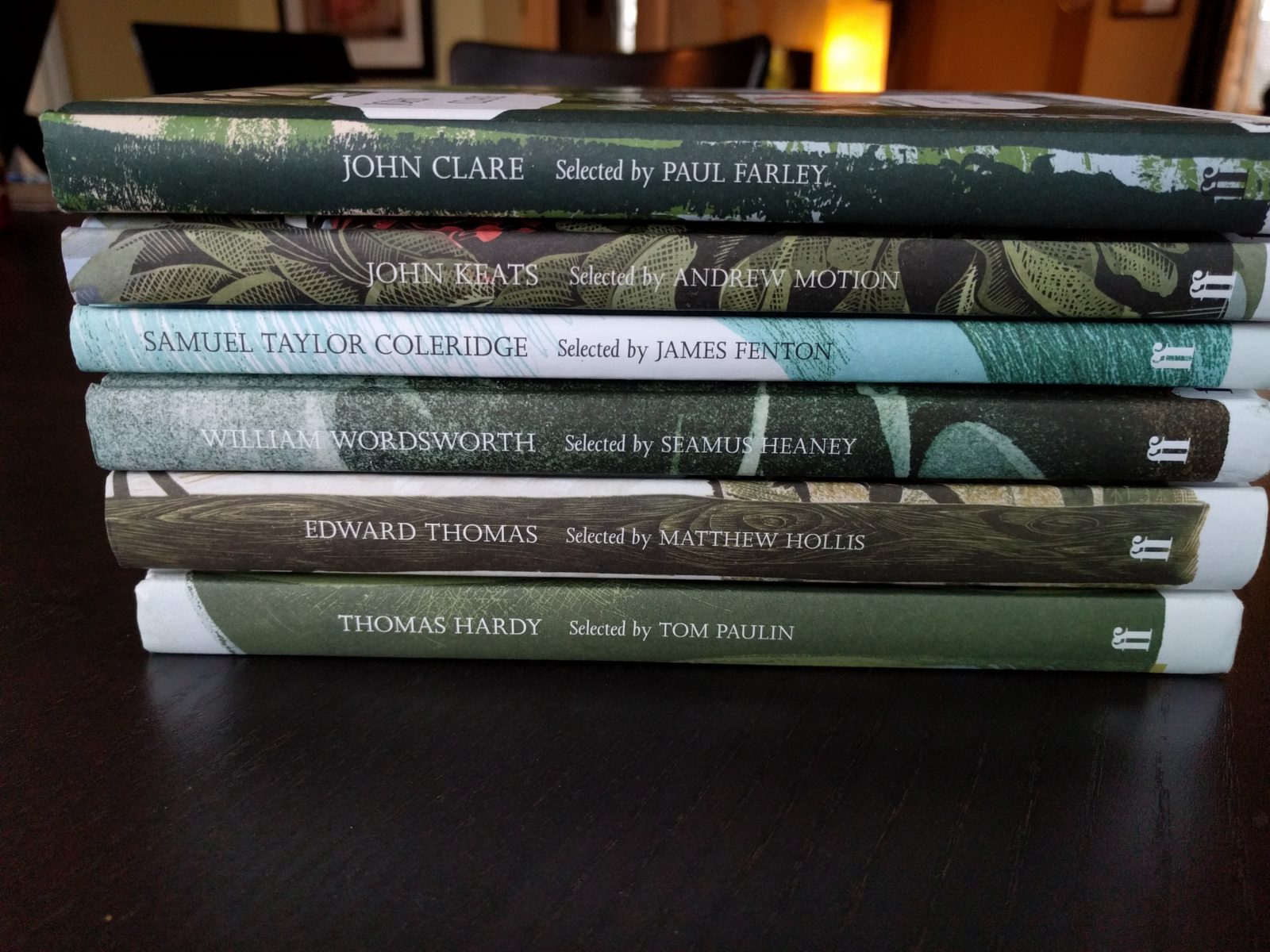In 2016 I’m doing a 365 Nature project. Learn more about the project and see all the 365 Nature posts.
The sun was shining in the morning and we had our most moths yet. There were about half dozen different moths including two Garden Tigers.
The Swallow was still inside the shed flying up against the window and in the morning I opened the big doors just a little bit, hoping the swallow could get out. The adult kept visiting it and I could see two at the window at times. Other times they would sit on a rope or wire inside that I could see by peeking in. I assume it was a fledgling that had just left the nest because I hadn’t seen it before, but I had watched the adult flying in and out of the crack in the shed door.
We took a drive to Castle Menzies near Aberfeldy today to see the castle of my husband’s clan. We drove up and through heathlands and spotted a lot of birds fluttering around. We stopped and I spotted first a Whinchat in the heath, a short time later we spotted at Stonechat as well. They were calling on the fences alongside the road and it was easy to hear how the Stonechat got its name. We drove quite a while on a one lane road though heath, forests and agriculture fields. The landscape was very similar to that of Norway with rolling hills full of low-growing vegetation and punctuated by patches of forest.
We finally arrived at Castle Menzies and toured the castle on our own. There was a lot to see, we started at the ground floor working our way up through the kitchen, bedrooms, halls and displays. There was a whole room devoted to Archibald Menzies, the most interesting member of the clan to me because he was a botanist who traveled with Captain Vancouver. Menzies collected many plants on his travels and our familiar Douglas Fir was named Pseudotsuga menziesii in his honor.
The castle overlooked golden wheat fields and mountains, the views from the windows were beautiful. At the very top there were Small Tortoiseshell butterflies inside, one on a door. As I watched it in the sun, it warmed up and flew around the corner and presumably out a window. But there were more in other windows and I caught two and released them both out the window. One more was caught in a spider web, too late to be released back outside the castle. There were signs of other wildlife in the upper levels of the castle, like rat droppings.
We left the castle and went to the Weem Forest trail, managed by the Forestry Commission Scotland. It was just right around the corner from the castle and the display said Archibald Menzies had the castle’s gardeners plant trees from his travels there. The trail was only a mile, but it was steep going up. At the top is the Rock of Weem and St David’s Well, a holy cave. There was a face carved into a rock along with crosses and down lower along the train we spotted a dragon carved into a flat rock face.
Back at our railway cottage, the birds finally found the feeder I’d put out and I watched a half dozen Chaffinches feeding under it, one from time to time flying up to the feeder. They were all females and juveniles and I watched the females feed their young. Instead of waving the wings as I’ve seen other species do, the juvenile Chaffinches would wave their heads back and forth in front of the female.






